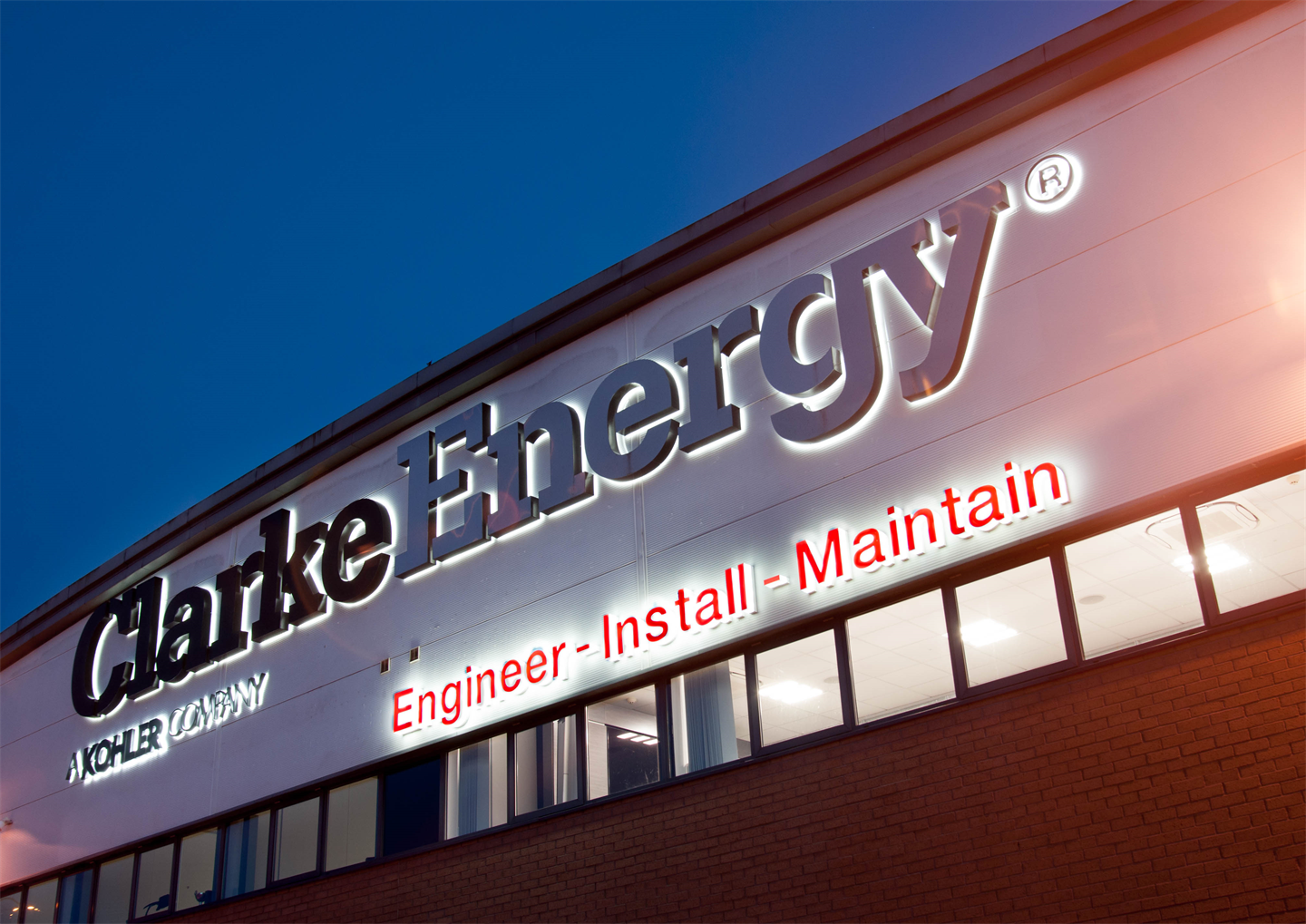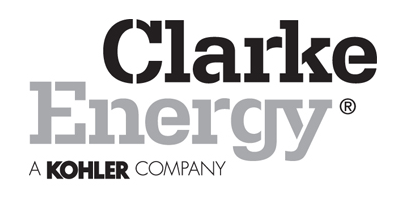

- Home
- Companies
- Clarke Energy
- News
- Decentralized Data, Decentralized ...

Decentralized Data, Decentralized Power: A Shared Future?
In recent years, two parallel trends have been reshaping the infrastructure that underpins our digital and energy systems:
- Edge computing: bringing data processing closer to the point of use to reduce latency, improve performance, and enhance resilience.
- Distributed power: delivering energy through decentralized, lower-carbon generation assets that provide security, flexibility, and sustainability beyond the constraints of centralized grids.
At their core, both movements are driven by the same pressures: the demand for speed, resilience, and sustainability in a world that is increasingly digital and carbon-conscious.
- For data: As AI, IoT, and immersive technologies expand, milliseconds matter. Localized “edge” computing allows critical applications—whether in autonomous vehicles, telemedicine, or financial trading—to process data without waiting for it to travel to a distant hyperscale facility.
- For power: Traditional centralized grids are under strain from electrification, renewables variability, and geopolitical shocks. Decentralized energy systems—such as combined heat and power (CHP), hybrid gas-BESS microgrids, and renewable gas or hydrogen solutions—deliver reliable, low-carbon energy where and when it’s needed.
Both ecosystems are evolving toward greater resilience through proximity.
Hyperscale data centers remain the backbone of global cloud services. Their scale delivers cost efficiency, storage capacity, and compute density. But will the balance tilt toward more decentralized data in the coming decade, mirroring the shift we’ve seen in energy?
Key drivers of decentralization in data and power:
- Latency – milliseconds can make or break user experiences or system safety.
- Resilience – decentralization reduces single points of failure, whether from power outages or data bottlenecks.
- Sustainability – colocating computing and power closer to use reduces waste and transmission losses.
Key barriers slowing adoption:
- Economics of scale – hyperscale data centers and central power plants still enjoy cost advantages.
- Interconnection standards – decentralized ecosystems require seamless interoperability, which can be complex.
- Policy and regulation – permitting, interconnection, and financial incentives often lag behind innovation.
Just as we expect future power systems to blend centralized utility grids with distributed generation, the digital world is likely to converge on a hybrid model: hyperscale data centers handling storage and compute-heavy workloads, complemented by edge nodes delivering ultra-low-latency and mission-critical services.
The question is not whether decentralization will happen—it already is—but rather how far it will go, how quickly, and in which sectors first?
- Will edge computing follow the same path as distributed energy—becoming mainstream alongside, rather than in place of, hyperscale?
- Which drivers will tip the balance—cost, carbon, or resilience?
- How can lessons from decentralized power help us understand the future of decentralized data?
We’d love to hear your thoughts. Please comment below or contact Clarke Energy if you have any potential project opportunities.
